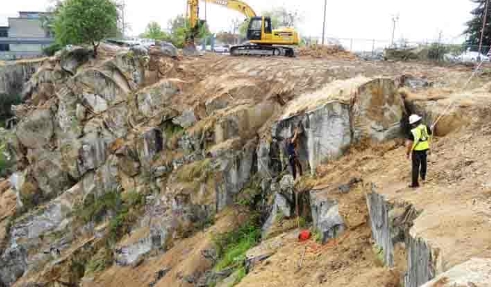As the Earth’s landscapes continue to evolve and change, understanding the processes behind these shifts is crucial for sustainable development and resource management. Engineering geomorphology is a field of study that seeks to unravel the secrets of our changing landscapes, utilizing principles of geology, physics, and engineering to analyze and predict landscape dynamics.
What is engineering geomorphology?
Engineering geomorphology is the study of how natural processes, such as erosion, sedimentation, and tectonic activity, shape the Earth’s surface. By understanding these processes, engineers can better predict and mitigate the impacts of natural hazards, such as landslides and flooding, on human infrastructure and communities.
Mapping and monitoring landscapes
One of the key tools used in engineering geomorphology is the mapping and monitoring of landscapes through satellite imagery, aerial photographs, and ground-based surveys. By analyzing changes in landforms and sediment patterns over time, engineers can identify areas at risk of erosion or instability and develop strategies to protect them.
Predicting landscape dynamics
Using computer models and simulations, engineers can predict how landscapes will change over time in response to natural and human-induced factors. By incorporating these predictions into land-use planning and infrastructure design, engineers can help reduce the potential impacts of erosion, flooding, and other natural hazards on communities and ecosystems.
Mitigating the impacts of landscape change
Through the use of innovative engineering solutions, such as bioengineering and erosion control structures, engineers can help mitigate the impacts of landscape change on human infrastructure and communities. By combining scientific knowledge with practical engineering expertise, engineers can develop sustainable solutions that protect both the natural environment and human populations.
In conclusion, engineering geomorphology offers valuable insights into the complex processes that shape our changing landscapes. By understanding these dynamics and developing innovative solutions, engineers can help ensure the resilience and sustainability of our built environment in the face of ongoing environmental change.

